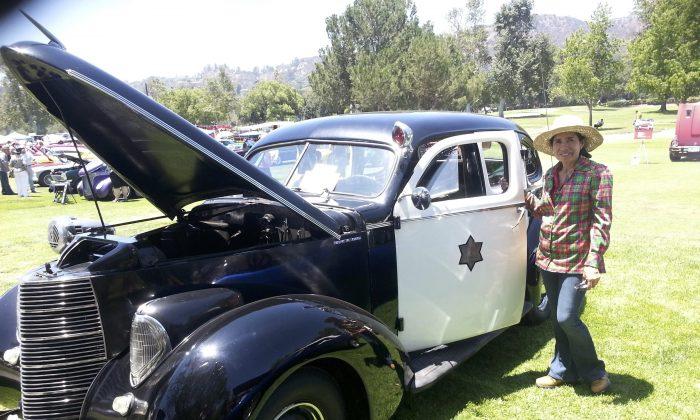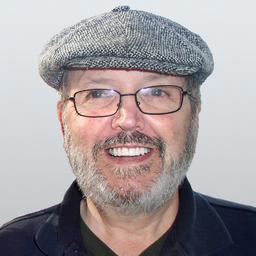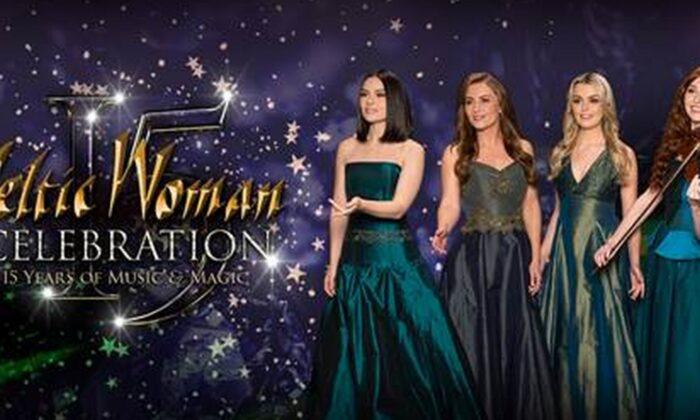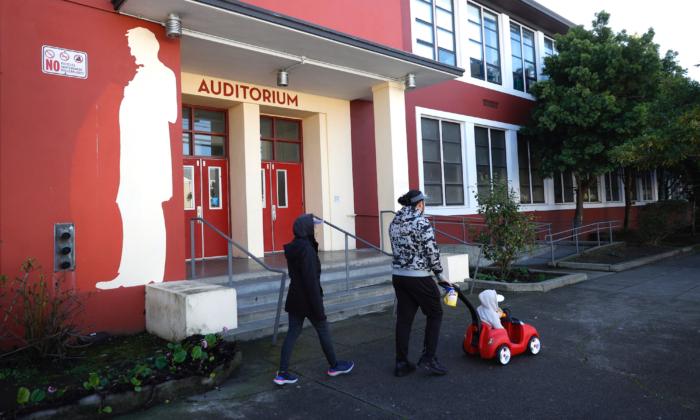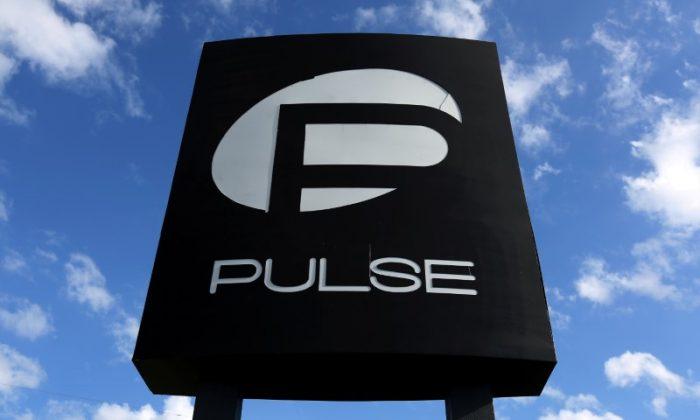Taking swings for charity under an unrepentant sun and sweltering heat added luster to the fairways June 20 at the Brookside Golf Course in Pasadena. In the shadows of the famed Rose Bowl, The 43rd annual Los Angeles Police-Celebrity Golf tournament teamed up the men and women in blue and faces in media, movies, and sports in support of widows and children of officers killed in the line of duty, or whose families endured other catastrophic occurrences.
The charitable wing of the Los Angeles Police Department, the Los Angeles Police Memorial Foundation, aimed to top last year’s proceeds of $500,000 from among the estimated 10,000 visitors and sponsorships. Since its inception in 1972, the organization reports it has raised over $15 million.
Saturday’s event, hosted by actor Neal McDonald, turned out 40 celebrities who chipped in to attract attendance to the event. Norm Nixon, ex-NBA star of the Los Angeles Lakers led off. He appeared in perfect athletic form driving a shot that soared like an eagle.
Jerron Collins, former center with the Utah Jazz and now a coach with the world champion Golden State Warriors, seemingly had all the time in the world to accommodate the den of autograph-seekers. “Any more?” he asked, pausing for an answer, before moving on.
Actor Dennis Haysbert, known for his deep, resonant voice on Allstate Insurance commercials, stood in front of the clubhouse, chatting with passersby, giving one directions to the restroom.
Haysbert, godly handsome and rugged, was clearly the case of mistaken identity. “No, but thank you,” he politely responded to a question if he was a member of LAPD.
Saturday was truly like a family day at the park in which children got to pet exotic and not-so-exotic animals in a makeshift petting pen. “I want them all,” exclaimed a little girl trying to feed one carrot at the same time to a kid goat and a rabbit.
All others, as well as children, eyeballed a landscape of displays of LAPD might used to protect and serve communities, as its motto on police cars proclaim. The helicopter was a hub for photo ops, but two objets de curiosité garnered considerable rapture.
The drone, not as silent or stealth as might be expected, captured scattered pitches of “cool” and “awesome” in its flight with an officer controlling movements from the ground and demonstrating how the police can capture important footage related to crime scene investigations and do surveillance.
Gawk and awe took hold at the giant truck resembling a cement mixer deployed by the bomb squad. A diminutive and versatile robot rolled off the truck and showed how it can detect bombs in undercarriages and retrieve explosives back to the alloyed gut of the truck for detonation.
As in years past, the LAPD hosted Cops for Tots Car Show, designated to support Los Angeles Children’s Hospital. Cars included souped-up variations of vintage models, but mostly an eclectic collection of classic cars from the 1930s to the 1960s. A 1927 paddy wagon had a copy in back of an original poster for law enforcement to be on the lookout for “a very bad guy,” alleged to have murdered someone in central California. A 1938 police Studebaker Commander, commissioned by former Orange County Sheriff Lee Baca for civic events and used in movies, was popular. The owner, who said he purchased the vehicle for $1,000 and after years of mail-ordering parts to complete the restoration, has received offers up to $45,000.
The Los Angeles Police-Celebrity Golf Tournament exemplified a theme of no winners or losers but how the game of life is to be played, a cooperative forum to generate goodwill and tangible sustenance for socially redeeming causes. It further set up a platform to infuse the flesh and blood of policemen and women as ordinary citizens, who, like everyone else have families to support and bills to pay.
Yet, to the naked eye, the demography of visitors to this event on Saturday was sub-par to the diverse ethnic composition of greater Los Angeles. According to a Los Angeles Times article on May 29, distrust for the police remains high in minority communities, where Groundhog Day-like repetitions of strong-handed actions by police around the country have received plenty of air time.
A perception of golf as an old, rich, white man’s domain may also hinder attracting racially mixed crowds to events like the one last weekend. In spite of the popularity of the sport generated by players from minority backgrounds, most golfers, claims Golf Magazine, are “overwhelmingly white kids from country-club backgrounds.” Golf does not stir a racially inclusive image, it says.
The suggestion of a shift to a public venue in a minority community was suggested to an attendee at Saturday’s event as a way of bringing in more racially diverse visitors. A woman, whose name was not obtained, laughed at such a notion. “Good luck finding one,” she said.
Timothy Wahl’s experience in business, education, the sciences, and the arts gives him a unique platform on a spectrum of subjects.
